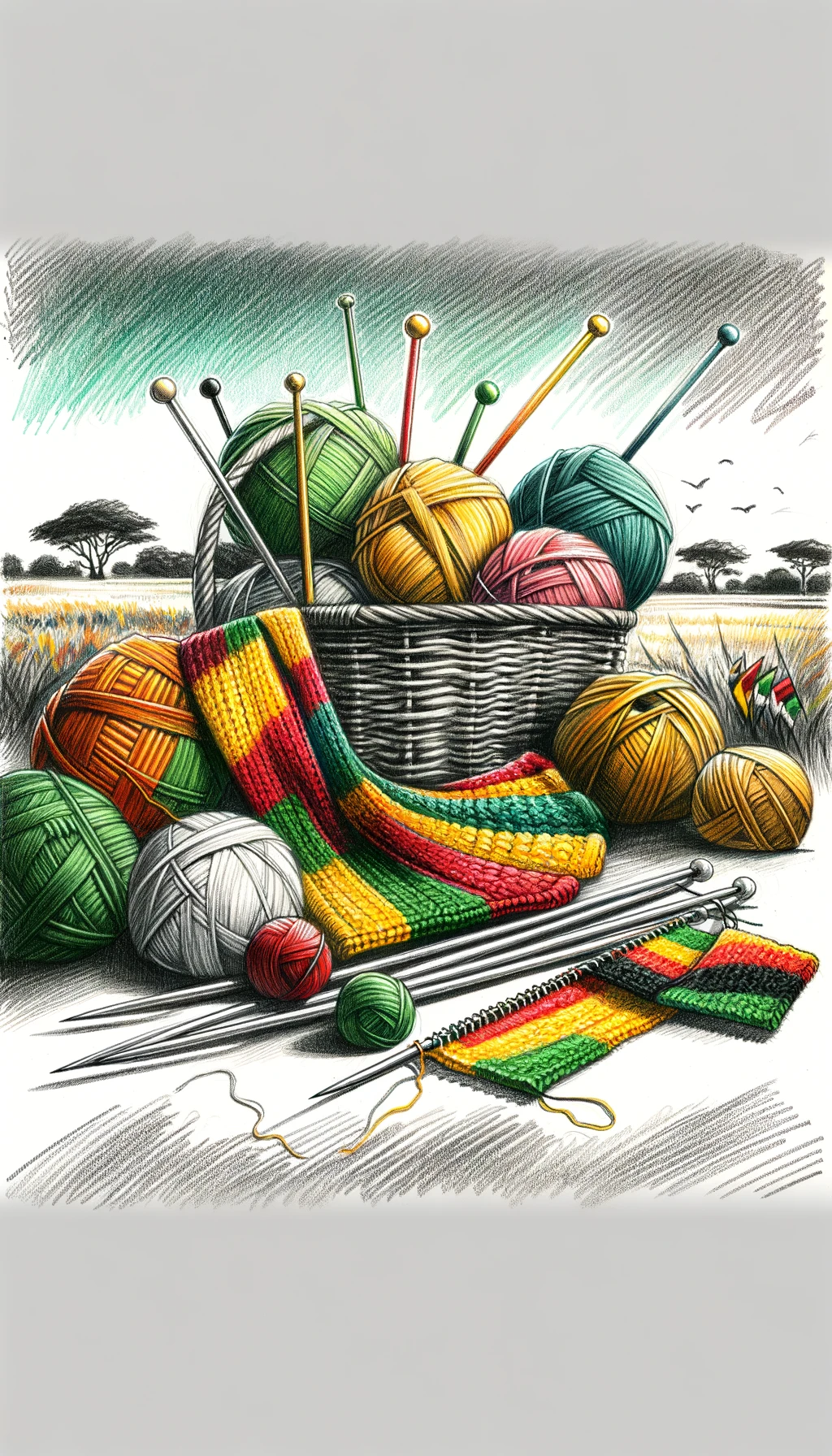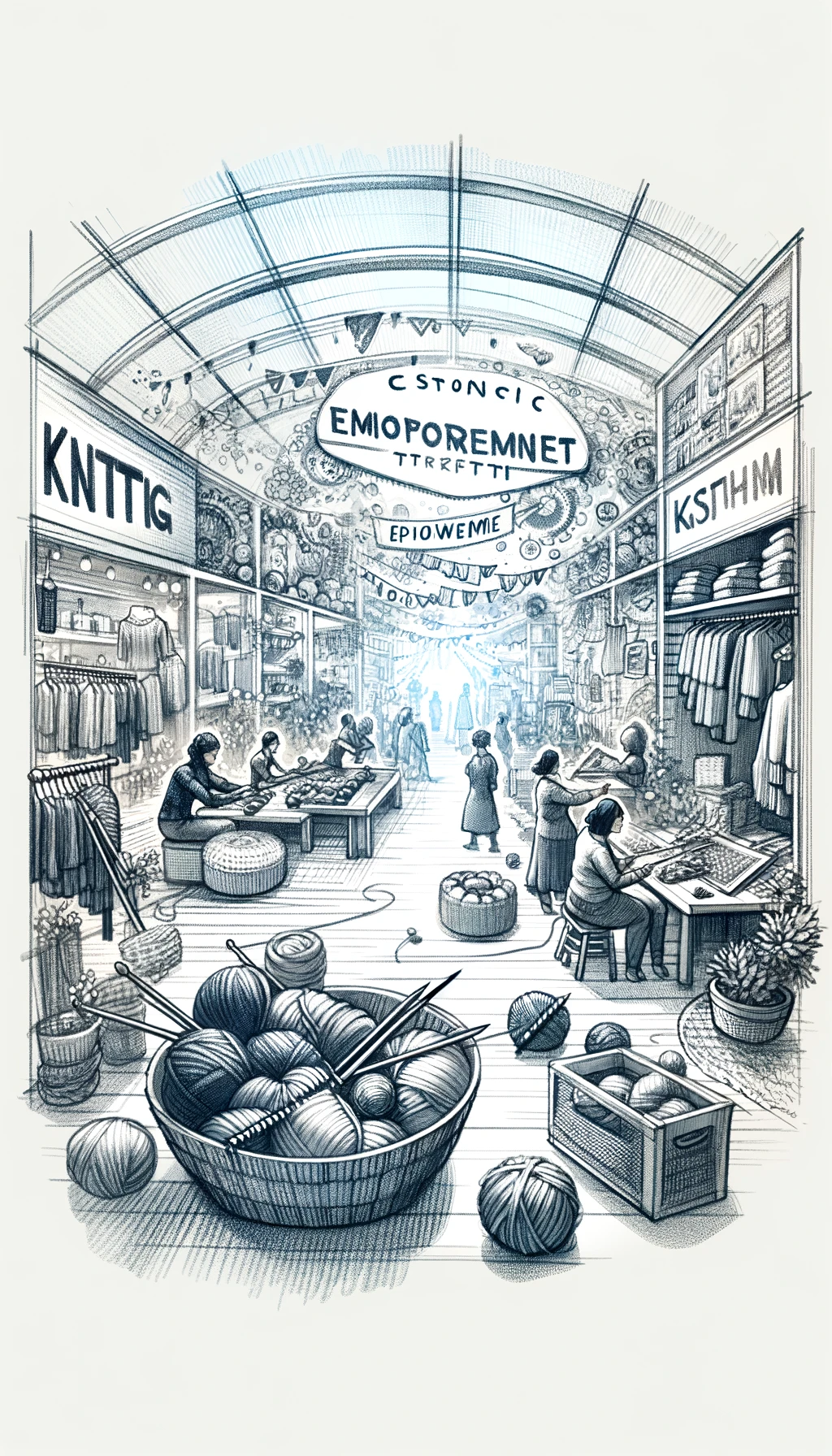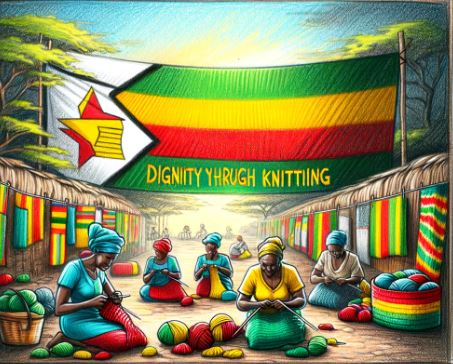The Enduring Threads of Zimbabwean Knitting
Knitting and crochet are especially popular in Zimbabwe because they are a relatively affordable and easy way to make clothing and other textiles. Many people in Zimbabwe learn to knit and crochet from their mothers or grandmothers, and there are also many knitting and crochet groups and classes available.
In Victoria Falls, the heart of Zimbabwe's tourism industry, knitting has emerged as a thriving cottage industry. Women gather under the shade of acacia trees, their hands dancing with needles, transforming vibrant yarns into intricate patterns. These knitted creations, ranging from cozy sweaters to delicate doilies, serve as cherished souvenirs for tourists, carrying with them a piece of Zimbabwean artistry.
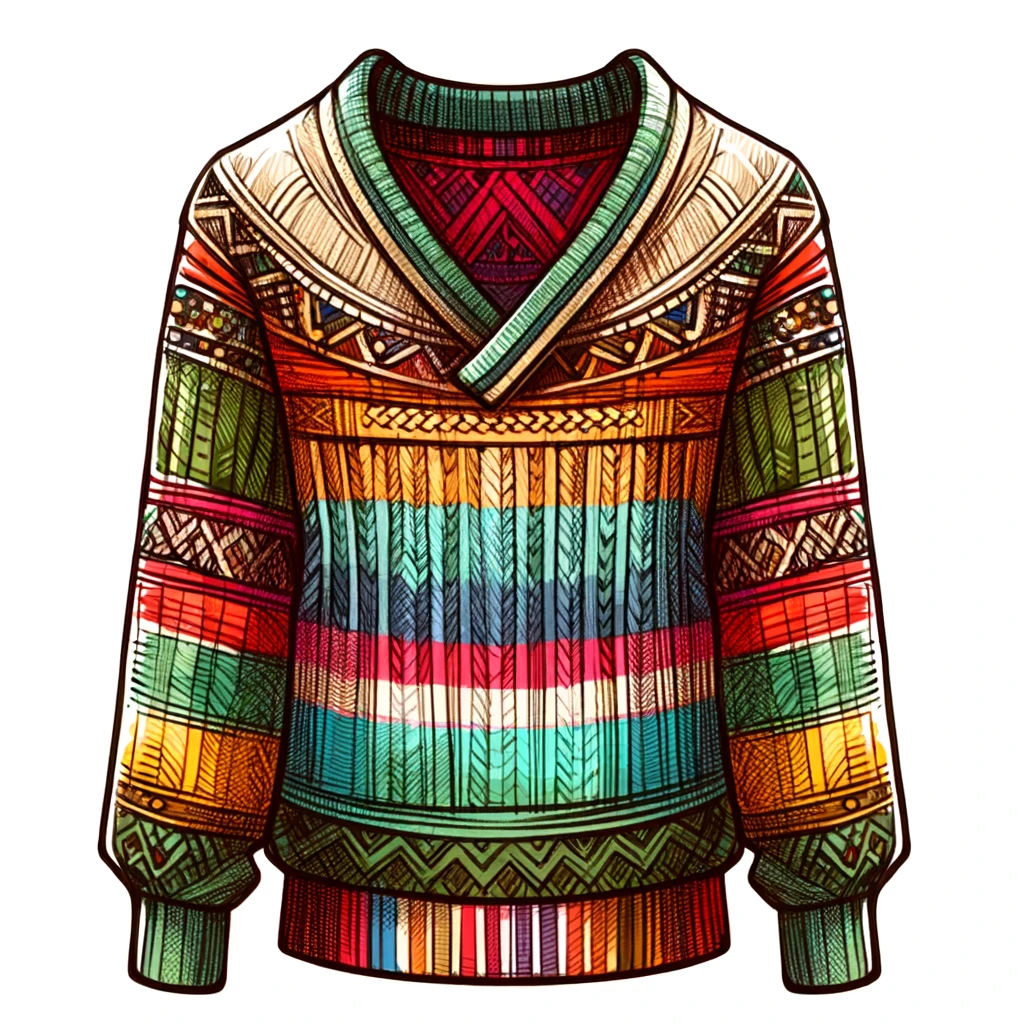
To understand what knitting entails, we can consider how long it takes to knit a tablecloth for a 6-person table.
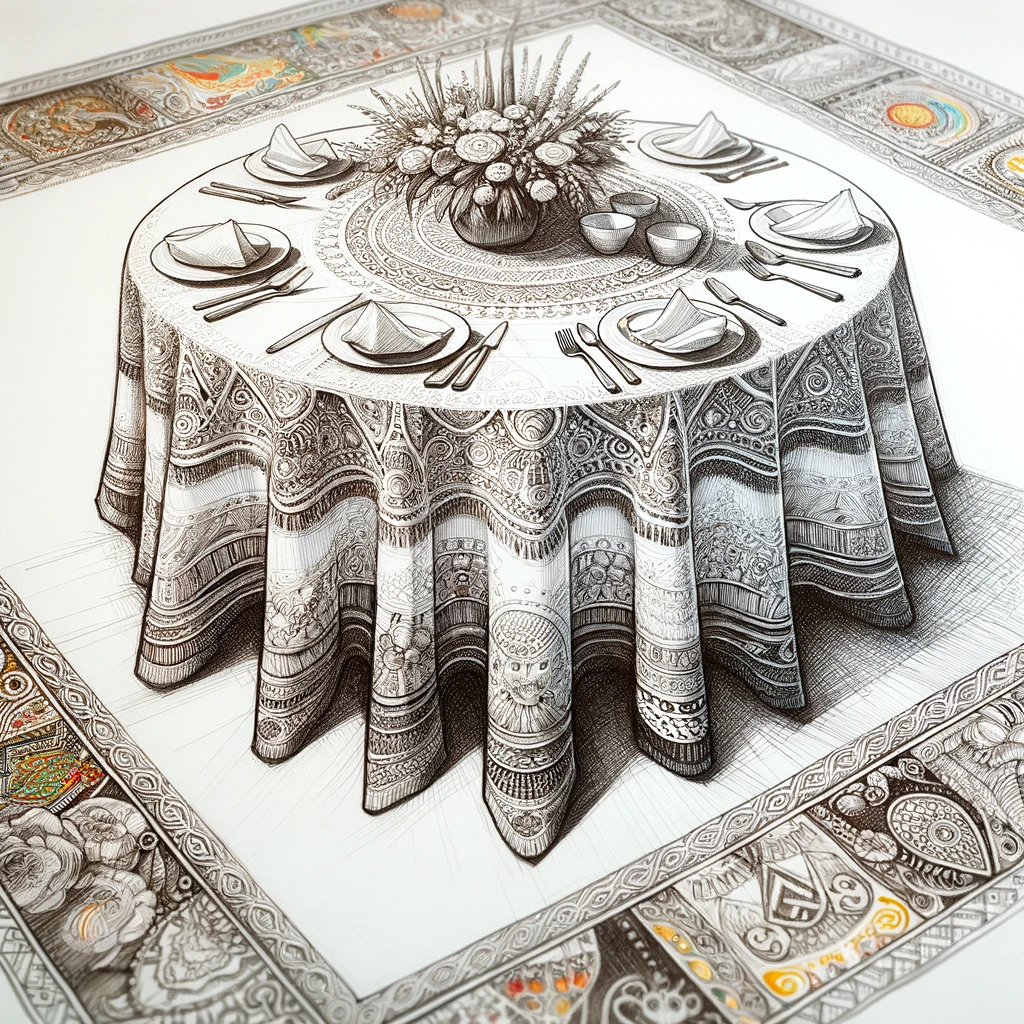
The time it takes to knit a tablecloth for a 6-person table can vary depending on the size of the tablecloth, the complexity of the pattern, and the knitter's experience. A simple tablecloth in a stockinette stitch might take a beginner knitter 20-30 hours to complete, while a more experienced knitter could do it in 10-15 hours. A more intricate tablecloth with a lace border or cable pattern might take even longer, up to 50 hours or more.
Machine-knitted tablecloths are much faster to produce than hand-knitted tablecloths. A machine can knit a tablecloth in a matter of minutes or hours, depending on the size and complexity of the pattern. This is because machines can knit much faster than humans, and they can also knit more complex patterns that would be difficult or impossible to knit by hand.
As a result of the time difference, hand-knitted tablecloths are typically more expensive than machine-knitted tablecloths. A hand-knitted tablecloth might cost anywhere from $50 to $500 or more, depending on the size, materials, and complexity of the pattern. A machine-knitted tablecloth, on the other hand, might cost anywhere from $20 to $100 or more.
Here is a table that summarizes the time and cost differences between hand-knitted and machine-knitted tablecloths:
| Feature | Hand-knitted | Machine-knitted |
|---|---|---|
| Time to produce | 20-50 hours or more | Minutes or hours |
| Cost | $50-$500 or more | $20-$100 or more |
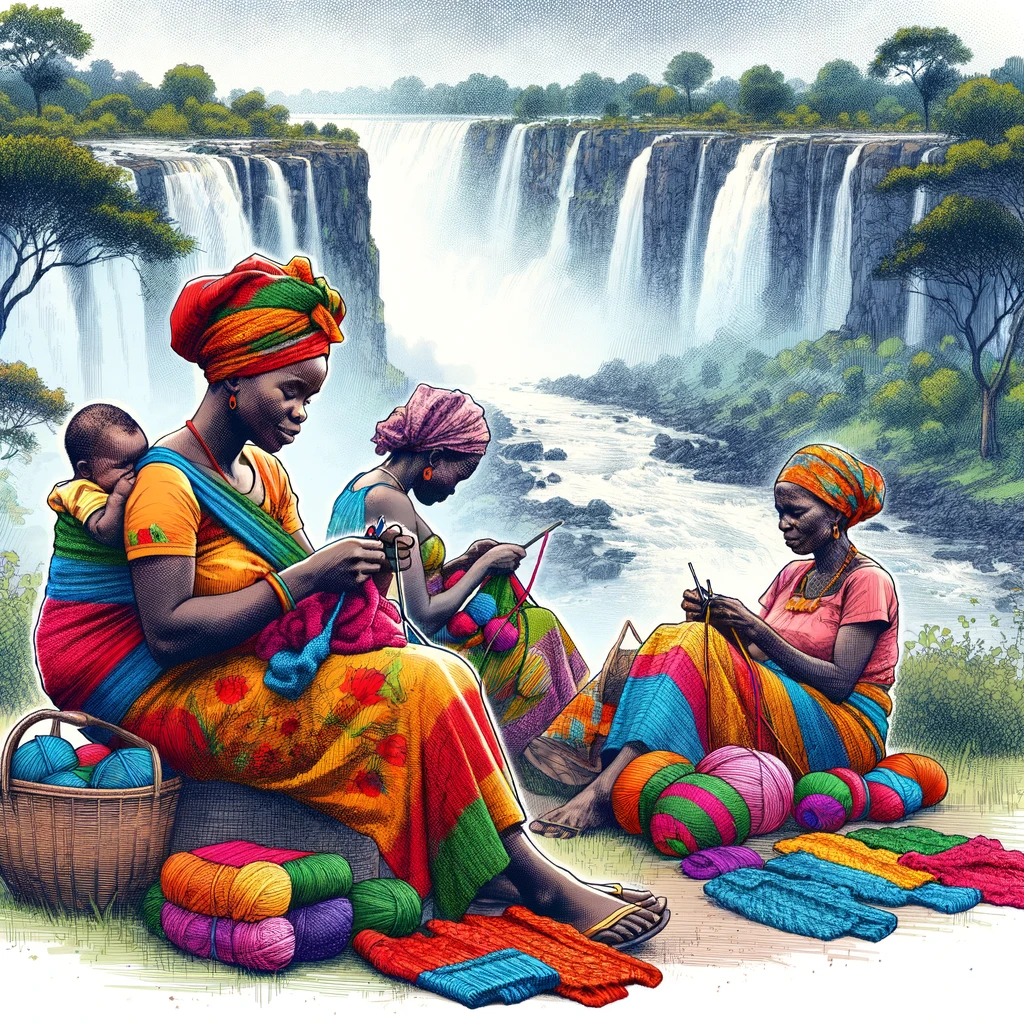
When visiting markets like those in Victoria Falls, one is often approached by artisans offering their handcrafted wares, including knitted items. While negotiating prices, it's important to remember the significant amount of time and effort invested in creating these products. The income generated from these sales often serves as a lifeline for these individuals, providing essential financial support and enabling them to sustain their livelihoods. Therefore, it's crucial to approach negotiations with fairness and respect, avoiding the urge to drive prices down to the lowest possible level. Embracing a spirit of 'live and let live' ensures that both parties, the buyer and the seller, benefit from the transaction, fostering a harmonious and mutually beneficial exchange
The impact of knitting goes beyond the tourist hotspots. It has also found a place within the confines of jails, 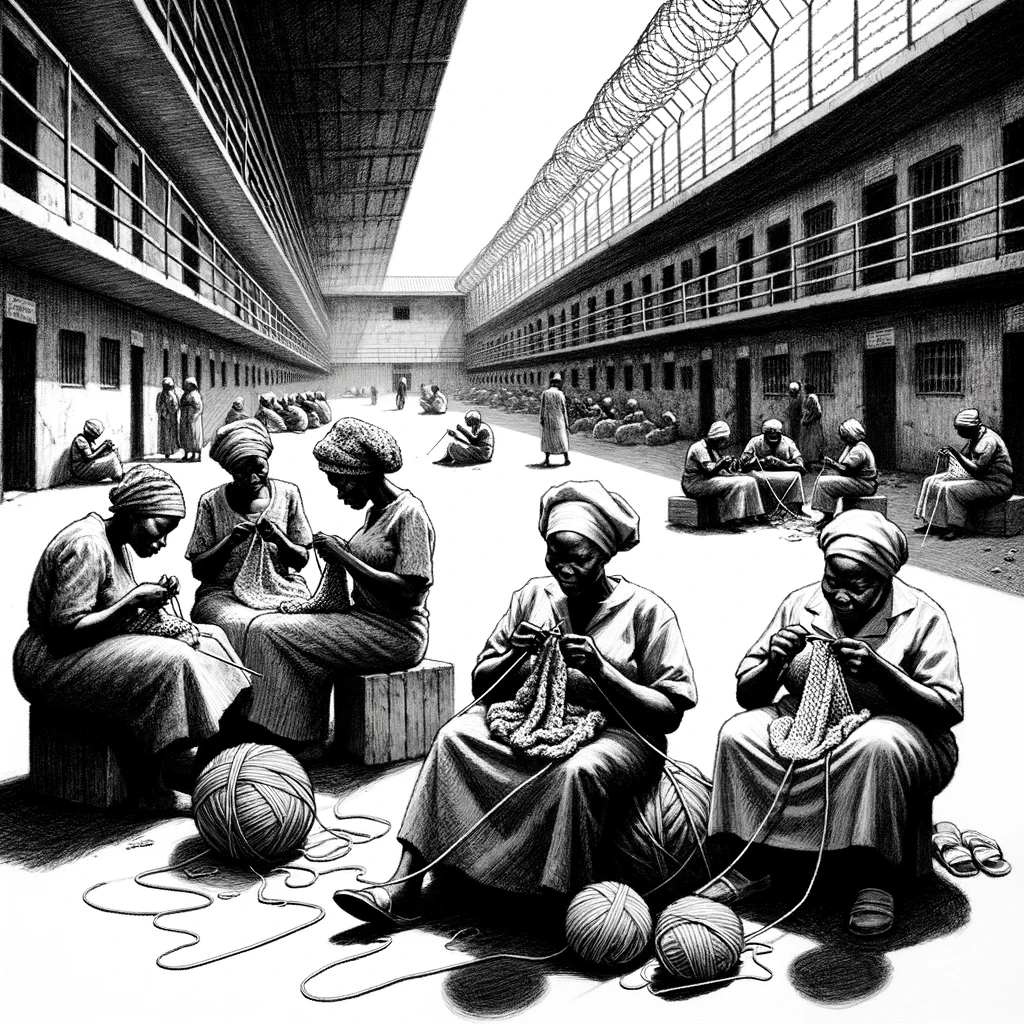 offering a lifeline of hope and rehabilitation to incarcerated women. In these challenging environments, knitting needles become tools of empowerment, providing a sense of purpose, self-worth, and financial independence.
offering a lifeline of hope and rehabilitation to incarcerated women. In these challenging environments, knitting needles become tools of empowerment, providing a sense of purpose, self-worth, and financial independence.
A shining example of this transformative power is Gogo Olive, a non-profit organization dedicated to empowering women as well as women prisoners through knitting.Gogo Olive provides training, materials, and market access, enabling these women to create exquisite knitted products that are sold to the public. Through this initiative, Gogo Olive has not only fostered creativity and economic empowerment but has also instilled a sense of dignity and self-reliance in these women.
The art of knitting in Zimbabwe extends beyond mere craftsmanship; it is a testament to the resilience and resourcefulness of the Zimbabwean spirit. In the face of adversity, these women have found solace, empowerment, and a source of income in the rhythmic dance of knitting needles. Their creations, imbued with love and craftsmanship, serve as a reminder of the enduring beauty and creativity that thrives within the heart of Zimbabwe.
By supporting Zimbabwean knitting, whether through purchasing knitted products or spreading awareness, we can contribute to the empowerment and upliftment of these talented women. Together, let us celebrate the enduring threads of Zimbabwean knitting and the remarkable stories they weave.
